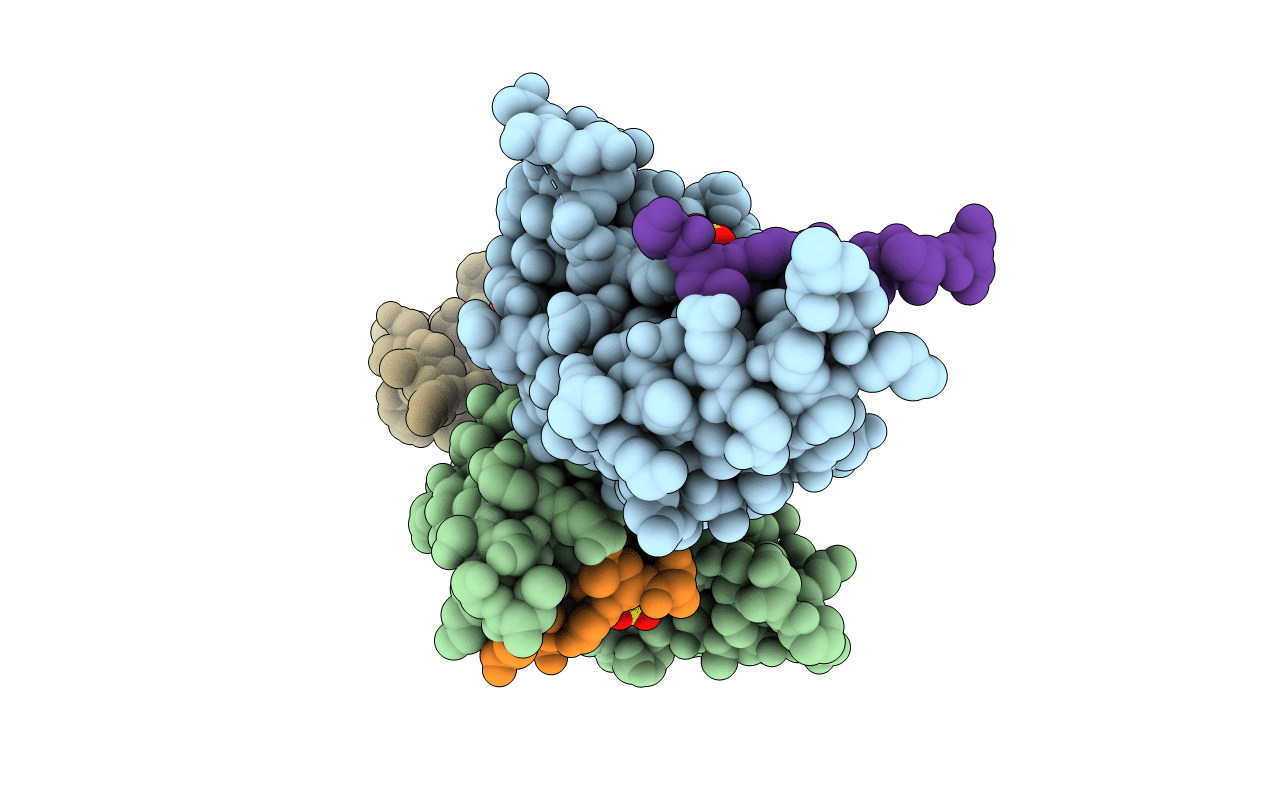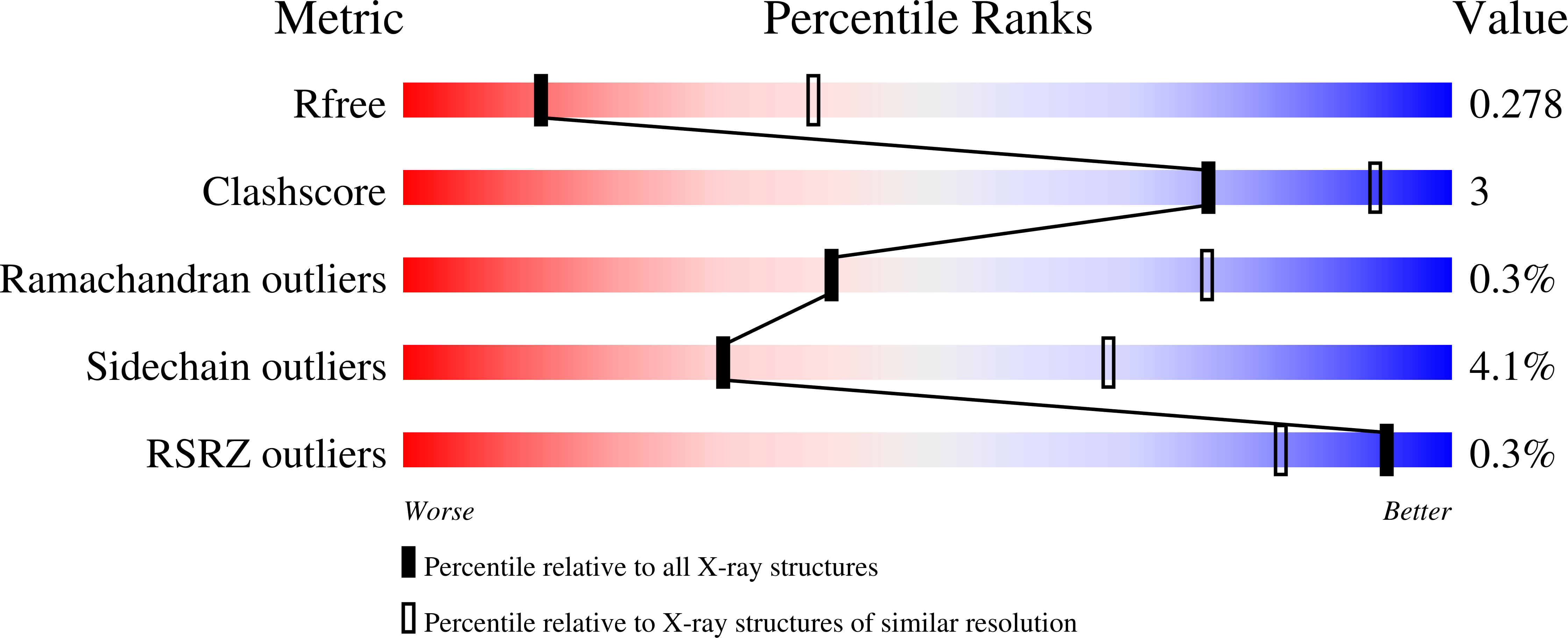
Deposition Date
2019-02-25
Release Date
2019-09-18
Last Version Date
2024-11-13
Entry Detail
PDB ID:
6QTM
Keywords:
Title:
Crystal structure of the Sir4 H-BRCT domain in complex with Ty5 pS1095 peptide
Biological Source:
Source Organism:
Saccharomyces cerevisiae S288C (Taxon ID: 559292)
Saccharomyces paradoxus (Taxon ID: 27291)
Saccharomyces paradoxus (Taxon ID: 27291)
Host Organism:
Method Details:
Experimental Method:
Resolution:
3.00 Å
R-Value Free:
0.25
R-Value Work:
0.20
R-Value Observed:
0.20
Space Group:
P 41 21 2


